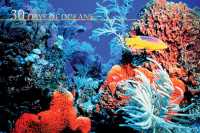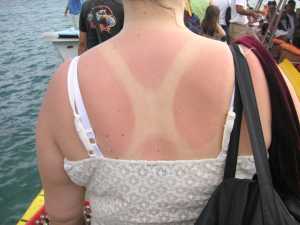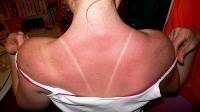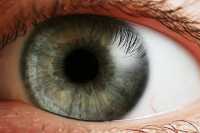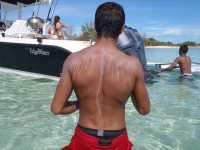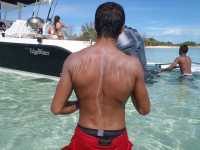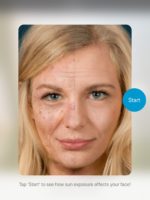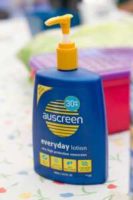Author Interviews, Autism, Environmental Risks, JAMA, Pediatrics / 16.11.2018
Heavy Exposure to Air Pollution During Pregnancy May Raise Air Pollution Risk
MedicalResearch.com Interview with:
 Lief Pagalan, MSc
Faculty of Health Sciences, Simon Fraser University
Research Trainee, Centre for Hip Health and Mobility
Vancouver Coastal Health Research Institute
MedicalResearch.com: What is the background for this study? What are the main findings?
Response: Pregnant women more heavily exposed to air pollution had higher chances of having children with autism spectrum disorder (ASD).
The causes of ASD are not fully understood, but this study adds to the growing evidence that environmental risk factors have a role to play. Our study found an association between autism spectrum disorder in the children of women more heavily exposed to air pollution. We observed these results using well-defined cases of ASD and in Vancouver, Canada, which typically has lower air pollution. These findings are consistent with studies done in the U.S., Israel, and Taiwan, which have also found an increased risk of ASD from exposure to air pollution. (more…)
Lief Pagalan, MSc
Faculty of Health Sciences, Simon Fraser University
Research Trainee, Centre for Hip Health and Mobility
Vancouver Coastal Health Research Institute
MedicalResearch.com: What is the background for this study? What are the main findings?
Response: Pregnant women more heavily exposed to air pollution had higher chances of having children with autism spectrum disorder (ASD).
The causes of ASD are not fully understood, but this study adds to the growing evidence that environmental risk factors have a role to play. Our study found an association between autism spectrum disorder in the children of women more heavily exposed to air pollution. We observed these results using well-defined cases of ASD and in Vancouver, Canada, which typically has lower air pollution. These findings are consistent with studies done in the U.S., Israel, and Taiwan, which have also found an increased risk of ASD from exposure to air pollution. (more…)
 Lief Pagalan, MSc
Faculty of Health Sciences, Simon Fraser University
Research Trainee, Centre for Hip Health and Mobility
Vancouver Coastal Health Research Institute
MedicalResearch.com: What is the background for this study? What are the main findings?
Response: Pregnant women more heavily exposed to air pollution had higher chances of having children with autism spectrum disorder (ASD).
The causes of ASD are not fully understood, but this study adds to the growing evidence that environmental risk factors have a role to play. Our study found an association between autism spectrum disorder in the children of women more heavily exposed to air pollution. We observed these results using well-defined cases of ASD and in Vancouver, Canada, which typically has lower air pollution. These findings are consistent with studies done in the U.S., Israel, and Taiwan, which have also found an increased risk of ASD from exposure to air pollution. (more…)
Lief Pagalan, MSc
Faculty of Health Sciences, Simon Fraser University
Research Trainee, Centre for Hip Health and Mobility
Vancouver Coastal Health Research Institute
MedicalResearch.com: What is the background for this study? What are the main findings?
Response: Pregnant women more heavily exposed to air pollution had higher chances of having children with autism spectrum disorder (ASD).
The causes of ASD are not fully understood, but this study adds to the growing evidence that environmental risk factors have a role to play. Our study found an association between autism spectrum disorder in the children of women more heavily exposed to air pollution. We observed these results using well-defined cases of ASD and in Vancouver, Canada, which typically has lower air pollution. These findings are consistent with studies done in the U.S., Israel, and Taiwan, which have also found an increased risk of ASD from exposure to air pollution. (more…)


